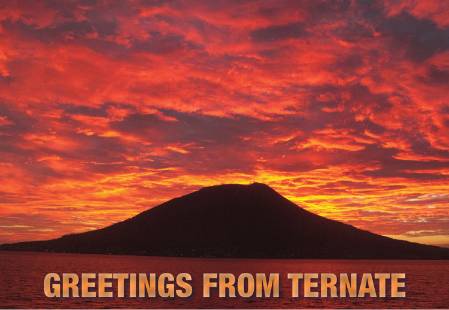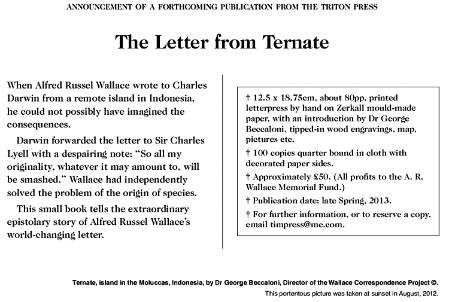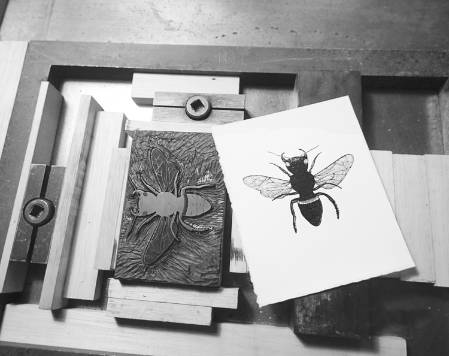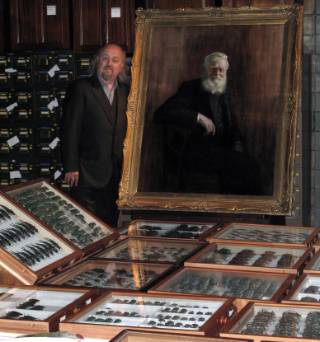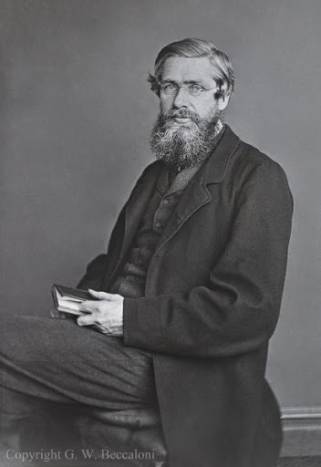With the Wallace100 year drawing to a close, a year that has seen us remember and celebrate the legacy of Alfred Russel Wallace 100 years after his death, I was interested to find out if there was any activity immediately after Wallace’s death in November 1913 to mark his extraordinary life in any way. I thought there was no better place to start looking than in the letters sent after his death found on Wallace Letters Online.
Shortly after his death, Wallace’s three close friends, James Marchant, Raphael Meldola and Edward Bagnall Poulton set up the Wallace Memorial Fund, also known as the Memorial Committee. The fund’s purpose was to create a memorial for Wallace, in the form of a medallion featuring Wallace for Westminster Abbey; a portrait of him and a statue of him for the Natural History Museum.
As it turned out only the medallion and the portrait were created, with the memorial unveiled at the Abbey on 1 November 1915 and the painting by J. W. Beaufort presented to the Museum on the 100th anniversary of his birth in January 1923.
Marchant, Meldola and Poulton set about raising awareness of the Fund and raising money in the months following November 1913. In a letter written to Poulton on 23 February 1914, Meldola (the Fund’s Treasurer) informs Poulton
“The Fund is now £236 & Marchant wants to issue order for Medallion”.
Westminster Abbey was delighted to accept the medallion and nine months after this letter was written, it was unveiled.
Well-known names from the scientific world contributed to the fund, including Archibald Geikie, E. Ray Lankester and David Prain as well as contributors from the world of spiritualism and long-term correspondents of Wallace’s – Oliver Lodge and William Crookes.
However, a letter from William Greenell Wallace in January 1914 to TDA Cockerell, who was a close friend of Wallace’s, revealed the difficulties the Fund was having in realising their ambitious programme;
“I am sorry to say that the memorial fund is progressing very slowly and I doubt it will be possible to do more than the Abbey medallion, and even that will cost £300. The Abbey fee, for permission only, is £200 and the sculptor’s fee, greatly reduced in this case, is £100. It seems that fame without money has not much chance of recognition in this democratic country.”
“There is no fear that the statue will [be] disappointing as there is no chance of it being done, at present.”
Violet Wallace, in a letter to Octavius Pickard-Cambridge written on 5 December 1913 talked about the possible statue, writing,
“I like the idea of a statue if it could be like the one of Darwin in the N. H. Museum – that one always looks so natural, and my father would look nice.”
Sadly, the Fund didn’t raise enough money to achieve all of their aims, with the statue not being realised. However, 100 years after his death, there is at last a statue of Wallace housed at the Museum, a fitting way to commemorate Wallace and his achievements.
The Wallace Memorial Fund launched a new fundraising campaign last year and comissioned sculptor Anthony Smith to create a statue of Wallace in his exploring days, as a young naturalist in the field. It is also perhaps fitting, that the statue will be positioned close to the Darwin Centre, where the bulk of Wallace’s specimens that he collected during his years in the field are now housed.
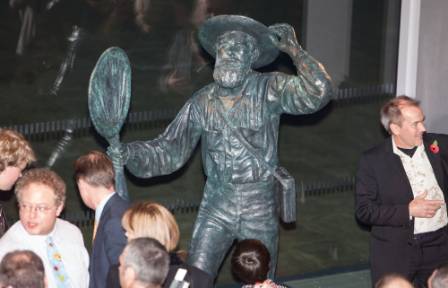 The new statue of Alfred Russel Wallace after its unveiling by Sir David Attenborough.
The new statue of Alfred Russel Wallace after its unveiling by Sir David Attenborough.
Update: The new statue was unveiled at a ceremony last night by Sir David Attenborough and will be located inside the Darwin Centre for the weekend before moving to its permanent position outside on Monday.
-Caroline-
Wallace Correspondence Project











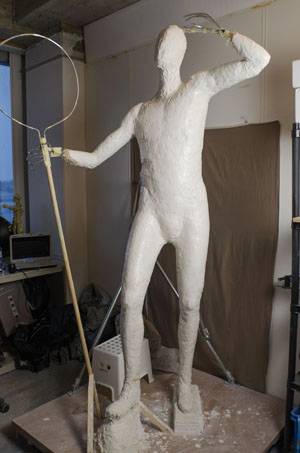
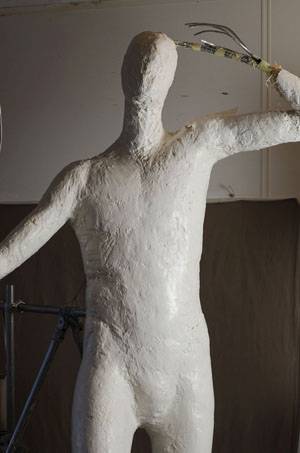
.jpg)



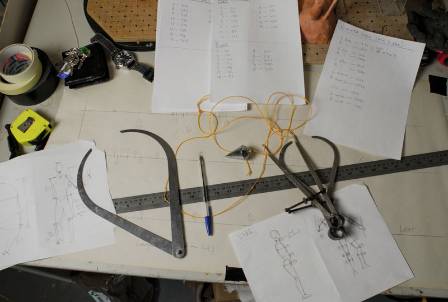
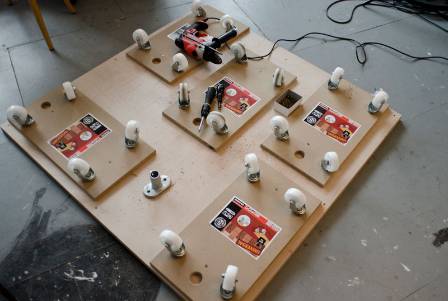

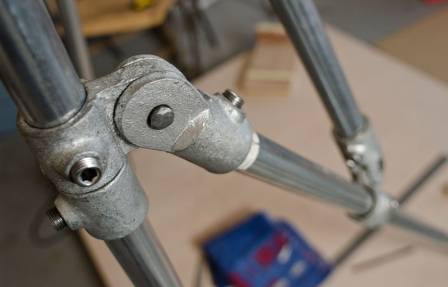

.jpg)
